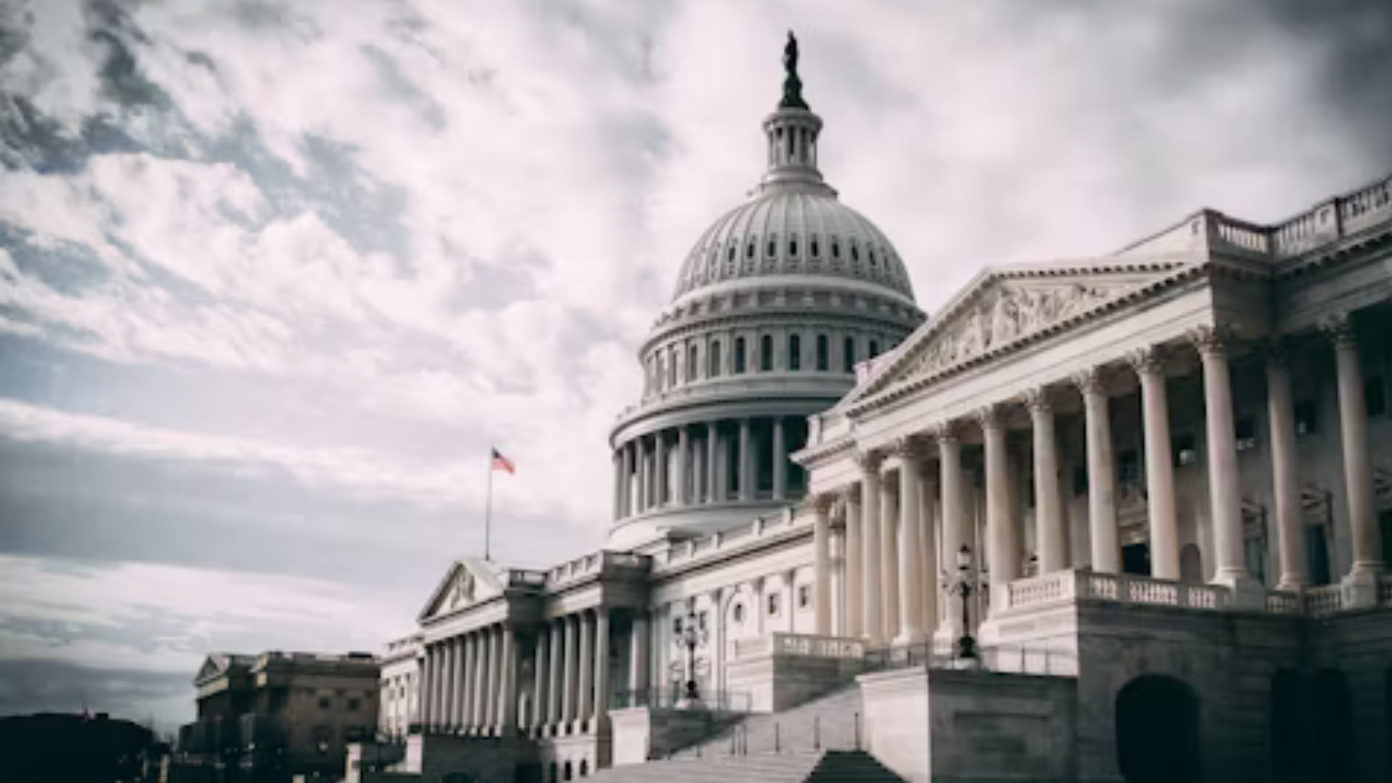The United States has exceeded a historic budget threshold that marks the nation’s runaway debt crisis. The Treasury Department reported on October 21, 2025, that the gross national debt exceeded $38 trillion for the first time in U.S. history. The new record comes during a period when the federal government remains shut down due to a budget impasse between congressional Republicans and Democrats, graphically illustrating the nation’s deteriorating fiscal position and increasing economic challenges ahead.
The shocking rate of debt accumulation
The reason why this milestone raises greater alarm is the rapid pace at which the debt keeps increasing. America had only reached $37 trillion as recently as two months ago in August 2025, so the inclusion of the new trillion dollars has been the fastest rate other than pandemic emergency spending. For perspective, national debt increased from $34 trillion in January of 2024 to $38 trillion as of October of 2025, a span of merely nine months. During those nine months, the national debt accumulated at a rate of around $69,714 per second.
This rate of debt accumulation is a twice-as-fast growth rate as the rate witnessed since 2000, according to the Peter G. Peterson Foundation officials. The Joint Economic Committee has noted that racking up a trillion dollars in 71 days is an unsustainable pattern of public finance that requires immediate action by policymakers.
Debt accumulation during the shutdown
Adding to the ominous nature of these figures is that almost $382 billion of this debt accumulation occurred within the course of the current government shutdown itself. Even as federal agencies suspended non-discretionary operations and hundreds of thousands of workers were forced through furloughs or working without pay, the government went on borrowing at a staggering rate. Treasury operations and the sale of debt have gone on uninterrupted even as other Federal activity has ground to a halt, reflecting the continued need for the government to finance its operations and retire outstanding debt obligations.
The per-capita burden
The magnitude of the national debt is more manageable when expressed on a per-capita basis. The Peter G. Peterson Foundation approximated that the $38 trillion national debt translates to roughly $111,000 of debt for every American. This staggering figure illustrates how massive the monetary burden of federal borrowing is on each man, woman, and child in America.
Structural drivers of debt growth
A number of causes have resulted in the sudden accumulation of debt. More spending on entitlement programs like Social Security and Medicare is a result of the population aging and broader access to these programs. Federal interest payments have also risen sharply due to higher interest rates imposed to stem inflation. The net effect has been that the federal government ran up a deficit of almost $1.8 trillion in the most recent fiscal year, which just ended on September 30, 2025.
Interest-only payments alone have been a major budget concern. The national debt was being serviced by the government to the tune of approximately $1.21 trillion as of September 2025, representing roughly 17 percent of all federal spending. Federal debt interest rates have climbed from an average of 1.61 percent in 2021 to 3.36 percent today, putting more pressure on the fiscal health of the nation.
Long-term fiscal projections and issues
The Congressional Budget Office has estimated an ever more ominous fiscal outlook. The public debt is projected to increase from about 100 percent of gross domestic product in 2025 to 120 percent by 2035. Budget deficits in a given year are expected to rise to near $2.6 trillion in the next decade, and total deficits are projected to accumulate and add $22.7 trillion to the national debt.
Credit rating agencies have taken notice of these alarming trends. Moody’s downgraded the credit rating of the United States government from AAA to Aa1 in May 2025, citing successive governments’ inability to unwind massive yearly fiscal deficits and the increase in interest costs.
Economic implications for Americans
The escalating national debt has catastrophic consequences for common Americans. Experts anticipate higher government debt translates into escalating inflation, which erodes purchasing power. The Government Accountability Office refers to other impacts such as higher mortgage and automobile loan borrowing rates, lower wages as firms cut back on spending due to government borrowing pushing away private capital, and higher prices on goods and services across the economy.
The necessity of hasty fiscal reform has never been more immediate as the nation confronts the reality of record debt accumulation simultaneously with the reality of government gridlock.
Read more: Bad news for the deficit: CBO confirms the gap is widening
Read more: Bad news for California EV drivers: Trump administration ends 25-year-old benefit
Read more: Donald Trump stroke rumors: when could JD Vance take over as President?

